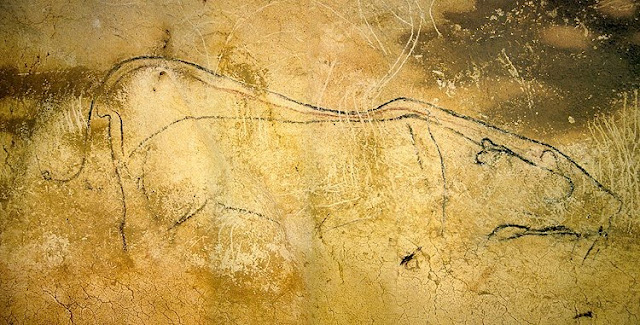21st Century Technology: Google Maps
The 21st century technology that has changed the way people view the world today is Google Maps when it was launched in 2005. The generation prior to mine, my parents' generation, had to rely on paper maps and spoken direction from other people in order to find out how to get from a current location to a destination. Now, Google Maps can be installed as an app onto smart phones and all one has to do is turn on the location settings and plug in a destination, then machine will tell you exactly where to go, how many miles the route is, how long the estimated time is, and time of arrival. The app also gives the user a choice of alternate routes they can choose from without any effort on the user's behalf, which would take a great amount of time and effort in the days of paper maps, especially when Google Maps takes in consideration accidents, delays, and toll roads. Google Maps itself is a GPS, or Global Positioning System, which has been around since 1978 when the first Block-I GPS Satellite was launched into space. By the year 1985, 10 more of the Block -I GPS Satellites were sent into space. These, however, were used primarily for military purposes rather than for common use of the everyday person. Finally, in 1994 the last Block-II GPS Satellite was launched into space, completing the constellation. By the year 2000, the public demanded GPS devices, so there was a deactivation of selective ability of the satellites, meaning that their use was not only programmed for the military anymore, improving the accuracy for civilians. From here on, the GPS has been developed from a single device such as one propped on the dashboard of a car, to being an app that can be downloaded onto phones and used as one program amongst many in one locality. The amount of detail in Google Maps is astonishing because not only does it have just about every road that a motor vehicle can take, but the user can choose what mode of transportation to take: their own vehicle, public transit, walking, biking, or ride sharing (Uber/Lyft). Did you know that Google Maps can also take you underwater to see the Great Barrier Reef or in the middle of Antarctica in the comfort of your own home? Well, Google itself not only surveys lands and roads, but they allow everyday people and companies to contribute to the site by giving people the option to upload their own content to the site. Perhaps my favorite is in the Galapagos, and you really have to see it for yourself: https://www.google.com/maps/@-1.2346026,-90.3858501,3a,75y,269.57h,80.81t/data=!3m8!1e1!3m6!1sAF1QipO94Uq35jRnGiQX21XB6mHDIJ8Wg2OeDqSeiK8h!2e10!3e11!6shttps:%2F%2Flh5.googleusercontent.com%2Fp%2FAF1QipO94Uq35jRnGiQX21XB6mHDIJ8Wg2OeDqSeiK8h%3Dw203-h100-k-no-pi0-ya335.807-ro-0-fo100!7i9500!8i4750 . With regards to the future of what Google Maps could be and what it can bring about, there are an infinite amount of places that can be added to it, and with deeper depths of the ocean being discovered along with caves in high mountaintops, there's no limit to what can be on it. Maybe Google Maps could be turned into a sort of browser used for educational purposes with historical sites having their histories linked to the image itself, or certain regions could have lists of different species that inhabit the area. There are so many extras that can be added to Google Maps to make it both educational and broader in terms of adding imagery to it.
Sources:
https://www.skypatrol.com/gps-tracking-solutions/the-history-of-gps-vehicle-tracking/
https://sites.google.com/site/1132702190v1/history
Sources:
https://www.skypatrol.com/gps-tracking-solutions/the-history-of-gps-vehicle-tracking/
https://sites.google.com/site/1132702190v1/history

Comments
Post a Comment